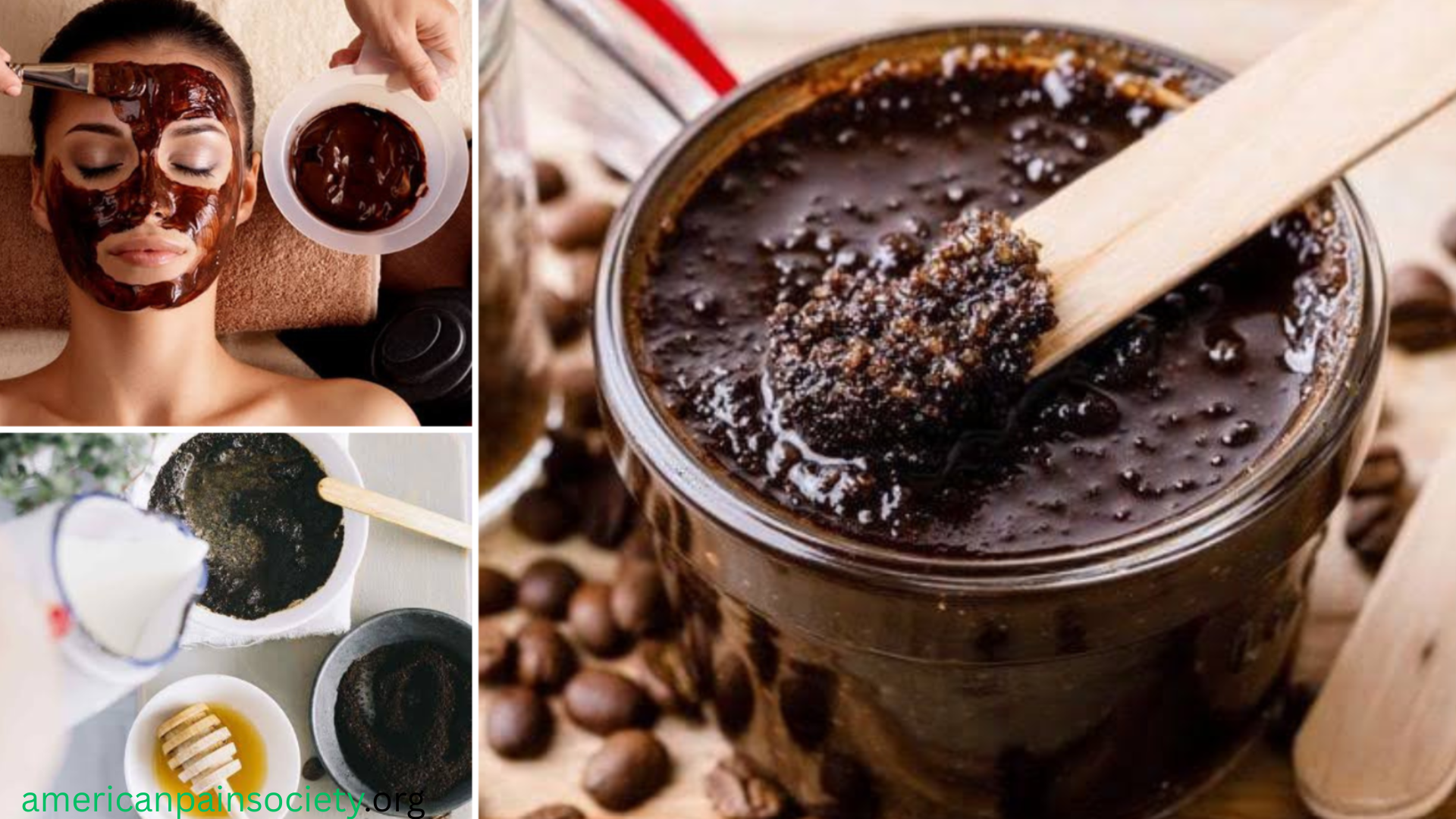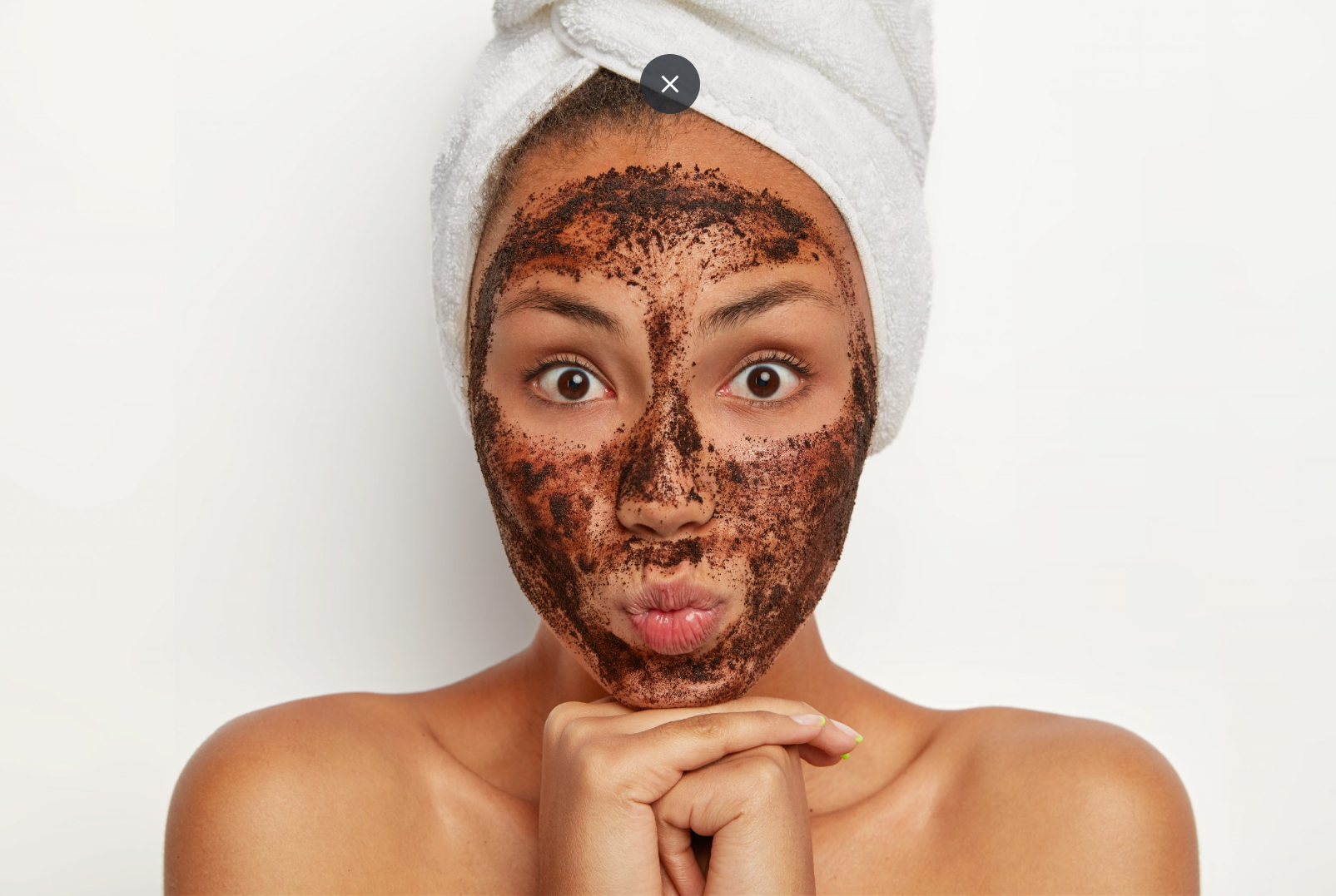
You are one sip away from a good mood.” We are talking about coffee. Apart from its energy-boosting and refreshing properties, coffee can brighten and nourish your skin. Coffee masks are full of antioxidants and anti-inflammatory ingredients that can fight signs of aging and discoloration of skin. Instead of buying a coffee mask full of chemicals, make one at home with simple ingredients available in your kitchen. DIY coffee face mask gives a natural, healthy, supple glow to your skin.
Why you should try a DIY coffee Face mask?
- Antioxidants: Coffee is rich in antioxidants that fight free radicals. It can help reverse the damage done by UV rays and pollution.
- Anti-Inflammatory Benefits: Coffee is rich in Chlorogenic acid, which can reduce skin inflammation due to acne. It has very mild anti-microbial properties that boost skin health.
- Reduced Puffiness: The puffiness due to water retention and decreased blood flow can benefit from topical coffee application.
- Exfoliation: Coffee paste, when applied correctly, can remove dead skin without causing any skin damage.
- Skin Brightening: Coffee helps bring a glow to skin. Not to be confused with skin whitening. Coffee is not a bleaching agent.
- Cellulite Reduction: Coffee, when applied with the right ingredients, boosts blood flow and localized metabolism. May help reduce cellulite.
Science behind the Coffee and skin benefits
An independent study published in the Journal of Investigative Dermatology showed that the low dose of coffee can protect skin and help manage skin damage.
Another study published in the Molecules journal shows coffee has mild anti-melanogenic effects. Skin brightening properties.
As per the study published in ResearchGate, regular mild topical application of coffee can improve trans-epidermal barrier function. This study further delves into the potential benefits of coffee to prevent skin cancer.
Top 5 DIY Coffee Face Masks for Skincare
Coffee and Honey Face Mask (The Nourishing Coffee Mask)
Key Ingredients:
- Unroasted Coffee
- Regular Honey
- Rose water
Prep Method: Take one teaspoon of powdered unroasted coffee in a small bowl. Add two teaspoons of honey. Mix them well into a consistent paste. Add a few drops of rose water if the paste is too thick. Add just a few drops to avoid turning it into a runny mess.
How to apply: Apply all over the face. Can apply around the eyes, too. Leave it for 20 to 30 minutes. Then was your face with cold water. Soak dry and apply the moisturizer.
Unique Benefit: Anti-microbial properties
Coffee Turmeric Yogurt Face Mask (The Exfoliating Coffee Mask)
Key Ingredients:
- Unroasted Coffee
- Turmeric Powder
- Greek Yogurt
Prep Method: Take one teaspoon of powdered unroasted coffee. Add ¼ teaspoon of turmeric powder (Excess turmeric will turn your skin yellow). Add two teaspoons of Greek yogurt, mix well to a thick paste consistency is achieved.
How to apply: Wash your face with a gentle cleanser and then apply the exfoliating coffee mask. And let it sit on the skin for 20 to 25 minutes. Gently wash your face with lukewarm water. Apply moisturizer.
Unique Benefit: Vitamin C-rich
Coffee and Milk Face Mask (The Nourishing Coffee Mask)
Key Ingredients:
- Powdered unroasted coffee beans
- Full-fat milk
- Coconut oil (optional)
Prep Method: Add one teaspoon of powdered coffee into a small bowl along with one teaspoon of milk. Mix them well until there are no lumps. Add coconut oil if you want. Mix it well.
How to apply: After washing your face with a gentle cleanser, apply the paste evenly all over the face. Apply around the eyes too. Leave it for 30 minutes. Wash it with warm water. Then apply moisturizer.
Unique Benefit: Repairs the external skin layer
Coffee and Lemon Face Mask (The Brightening Coffee Mask)
Key Ingredients:
- Coffee powder
- Fresh lemon juice
Prep Method: Take one teaspoon of powdered coffee, add one teaspoon of lemon juice, and mix well until a thick paste is formed.
How to apply: Apply evenly all over the face. Leave the eye area. After washing the face. Let it sit for 15 to 20 minutes. Then wash it off. Apply moisturizer. Little redness after applying lemon is normal.
Unique Benefit: Anti-Inflammatory properties
Coffee and Aloe Vera Face Mask (The Skin Repairing Coffee Mask)
Key Ingredients:
- Coffee powder
- Fresh Aloe Vera
Prep Method: Take one teaspoon of powdered unroasted coffee powder and two teaspoons of aloe vera.
How to apply: Apply all over the face evenly. Let it sit for 25 minutes. Then wash it off.
Unique Benefit: Anti-melanogenic properties
Potential side effects of DIY Coffee Face Mask
- Dryness: If you overuse the coffee mask, you may experience dry skin. It can lead to rashes and skin tightening.
- Irritation: Few users experience irritation. Red rashes, which go away after a few hours. Do a patch test before applying any DIY coffee facemask.
- Allergic Reaction: In rare cases, an allergic reaction can happen. We suggest a patch test before applying any facemask.
Bottom-line
A DIY coffee face mask can nourish, brighten, and exfoliate your skin. They have a net positive effect. The ingredients are simple and cheap. Its benefits are proven by science. Moreover, they are safe to use.

Frequently Asked Questions
What type of coffee is best for a DIY coffee face mask?
The best coffee for a DIY coffee facemask is the unroasted coffee beans. If they are not available, you can apply the regular instant coffee.
How often can I use a coffee mask for glowing skin?
2 times a week. Do not apply more than twice a week, as it can lead to skin irritation and dryness.
Can a Coffee mask remove acne?
Coffee masks have anti-inflammatory properties. It can lead to a reduction in swelling around acne. It is not known for treating acne. Although very few people have reported this benefit, it does not work for the majority. So, you can try, but you must keep expectations realistic.
Are DIY coffee masks suitable for all skin types?
Coffee is suitable for all skin types. It is the other ingredients in the mask that may not be. For dry skin, try the coffee mask with milk and coconut oil. For oily skin, lemon juice and aloe Vera are perfect. For combination skin, turmeric and Greek yogurt are perfect.
